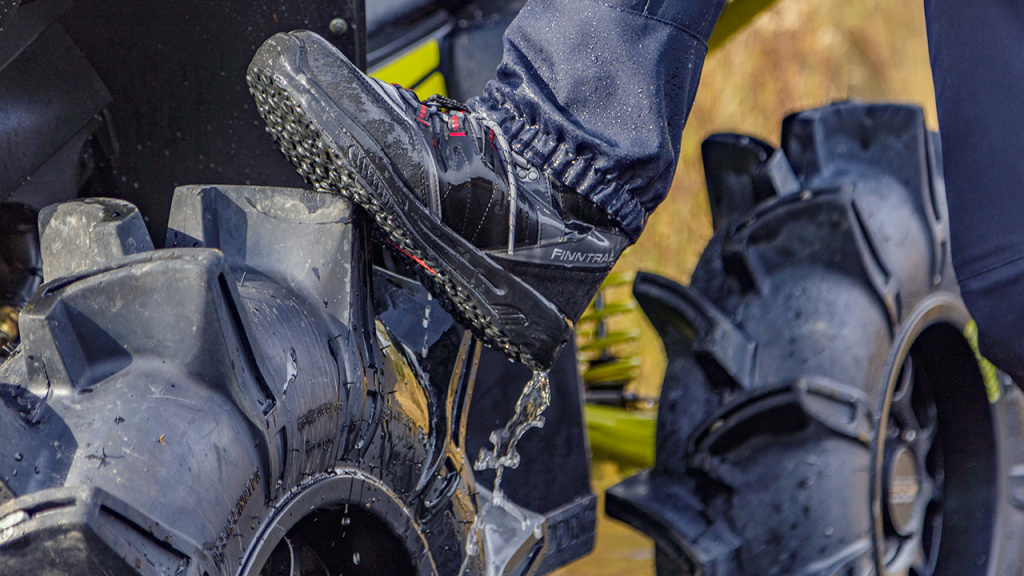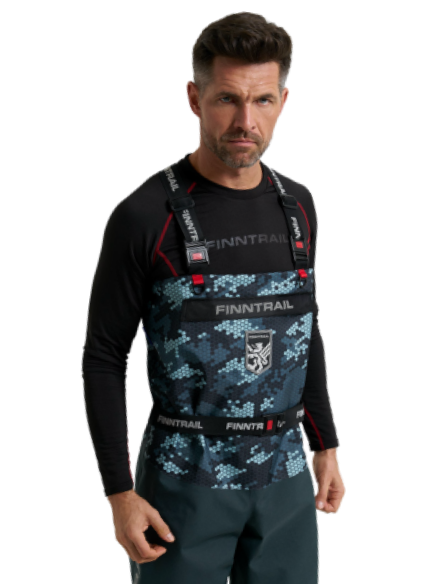How To Pair ATVUTV Tires And Wheels
Any time you get something new for your ATV, it can be incredibly exciting. Getting a full set of wheels and tires can take your performance and style to a whole new level. Part of getting the most out of them is knowing how to pair ATV/UTV tires and wheels to optimize performance.
There are some other tricks of the trade that go into this process if you’re wanting to know how to install tires on wheels. If you’re getting the ATV tires and wheels yourself, you may just pay someone to install them, but mounting UTV tires on beadlock wheels can be a DIY task for most riders out there.
Either way, we’ll go over how to pair your new ATV/UTV tires and wheels, then talk a bit about what benefits each wheel and tire will have for your riding!

Pick Out Your Tires
First things first, you need to pick out the tires that you want to ride on. The tires are going to have the biggest effect on your riding capabilities, which is why we start with picking these out first.
There are three primary things to think about when you’re choosing new UTV tires: riding style, size, and looks.
What kind of riding will you be doing? Are you a racer or more of a recreational rider? You can get tires specifically made for sand, mud, rock, or all-terrain. Each one of these tires is uniquely different than the other, especially if you’re racing.
If you’re getting new tires, you may as well go up a size from the typical stock option. The larger tire will provide more ground clearance and allow for more aggressive riding on the trail. If you want to save money, you’ll be going with a smaller tire.
Finally, how important is it to look good out on the trail? More aggressive treads and bigger wheels can often be something people will purchase just for the looks, but that isn’t important to everyone. If you’re looking simply for function, stick to the first two factors.
Wheel Material
Now that you have your tires picked out, you can pick the wheels. The wheel materials are made to support the function of the tire, and they can often have a big impact on the overall style of the rig.
Here, you’re choosing between cast or forged aluminum, steel, beadlock, or crushlock wheels. Each one has its pros and cons, but we’ll help you pair your ATV/UTV tires with the right wheels.
The following is a general suggestion list for each tire and wheel. There are many different combinations that can be made, but we’ve found these to perform the best over time.
Cast aluminum
Probably the most common wheel out there, because they’re cheap, can still be a great option. These are lightweight in construction, but durable. These will work well with all-terrain, sand, or race tires, but truly can work with anything.
Forged aluminum
Forging aluminum makes the metal even more durable than its cast counterpart. These are a great step up if you’re looking for an upgrade without spending too much. This wheel pairs well with a set of race or sand tires due to the ultralight weight.
Steel wheels
Steel is heavy, but steel is strong. If you’re looking for steel wheels, you want them on a mud or work tire so they can withstand a lot of beating, but still hold strong.
Beadlock wheels
Beadlock wheels use a bolting mechanism to hold the tire’s bead to the wheel, rather than using air pressure. Running low tire pressure can be effective for riding on certain surfaces, but can lead to flats. This helps you run low tire pressures on rock tires without the worry of the bead not staying seating.
Crushlock wheels
Crushlock wheels essentially cinch the tire between two steel plates to create a super secure seal between wheel and tire. This can be used for extreme mud riding, so you’ll want a solid mud tire for this set.
Wheel Sizing
With wheels, you’re sizing for diameter, width, and offset. The diameter is simple because it will match your tire exactly, simply check the tire.
Tire width will typically be about four inches narrower than your tire. This is as narrow as you can go without risking the bead popping off while riding.
Finally, you want to determine your offset, or how far out your wheels stick from the car. A positive offset means the wheel is closer, negative is further. Off-roaders use a negative offset to provide stability while positive offsets make you capable of fitting on more trails.







































